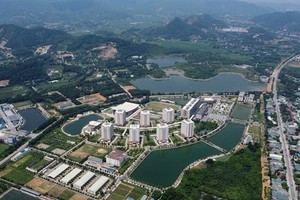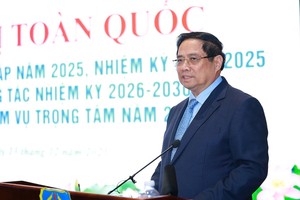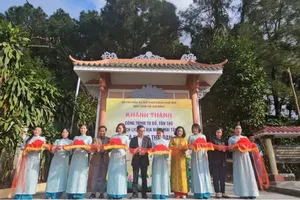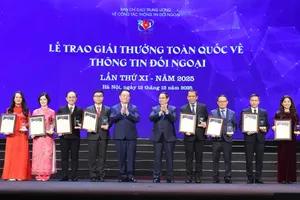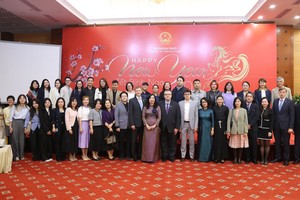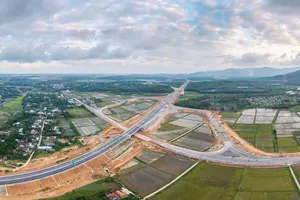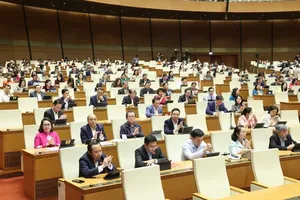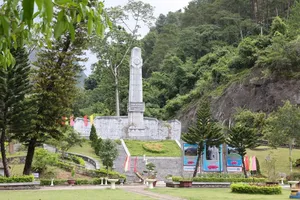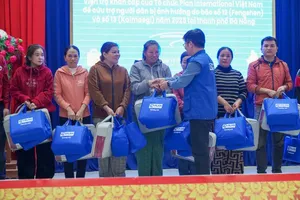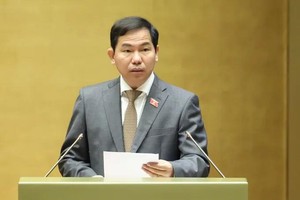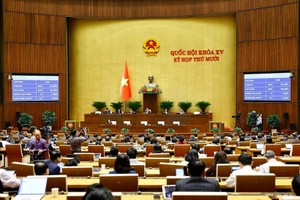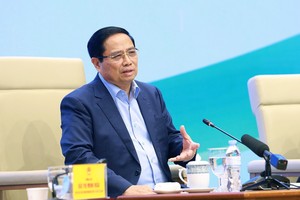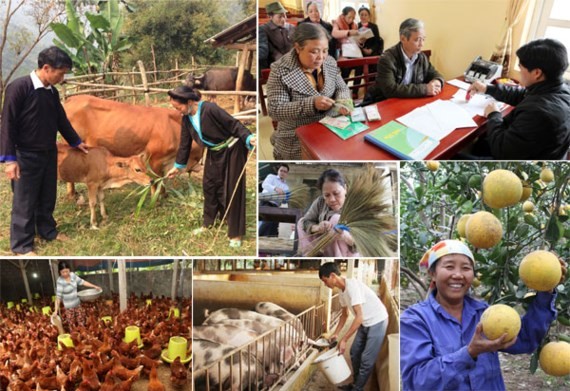
At the seminar themed “Efficiency of the governmental credit program with sustainable poverty elimination, a bank representative said the program has gained achievements including providing loans to 3.5 million students from low-income families for their studies and building 9,9 million fresh water construction works in countryside districts contributing dramatically to the nation poverty elimination and the governmental new rural plan.
Additionally, the program has mobilized all financial resources in the country for the efficient implementation of the credit program which National Assembly deputies praised as a bright point and pillar of the country’s policies for poverty reduction.
The State Bank of Vietnam has built up and adopted measures to orient the fund inflow in the Vietnam Bank for Social Policies to aid low-income earners and social welfare beneficiaries.
For instance, the government issued credit policies for agricultural development and rural districts and implemented credit program for shrimp and Pangasius breeders, or policies for aquatic growth, for farmers who applied technologies and grow safe vegetables.
The governmental credit program has provided to most of communes in the country with the top priority on disadvantaged districts where ethnic indigenous people live or border crossings, said the bank representative.
Total surplus of the Vietnam Bank for Social Policies’ credit program has seen an average increase of 25.82 percent. By September 30, 2017, the program’s total surplus reached VND169,036 billion, 24 times higher than its establishment with annual growth of 19.2 percent benefitting 6.7 million need households and social welfare beneficiaries.
Experts said that along with increase in surplus, the credit program quality surged continuously and improved. Debt cancellation in the Vietnam Bank for Social Policies dropped from 13.75 percent in 2002 to 0.81 percent at September 30, 2017.
